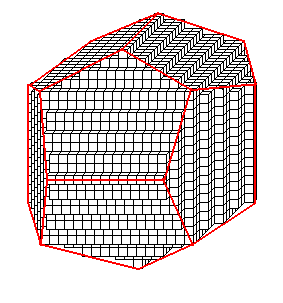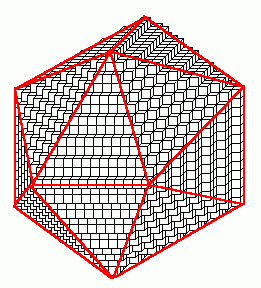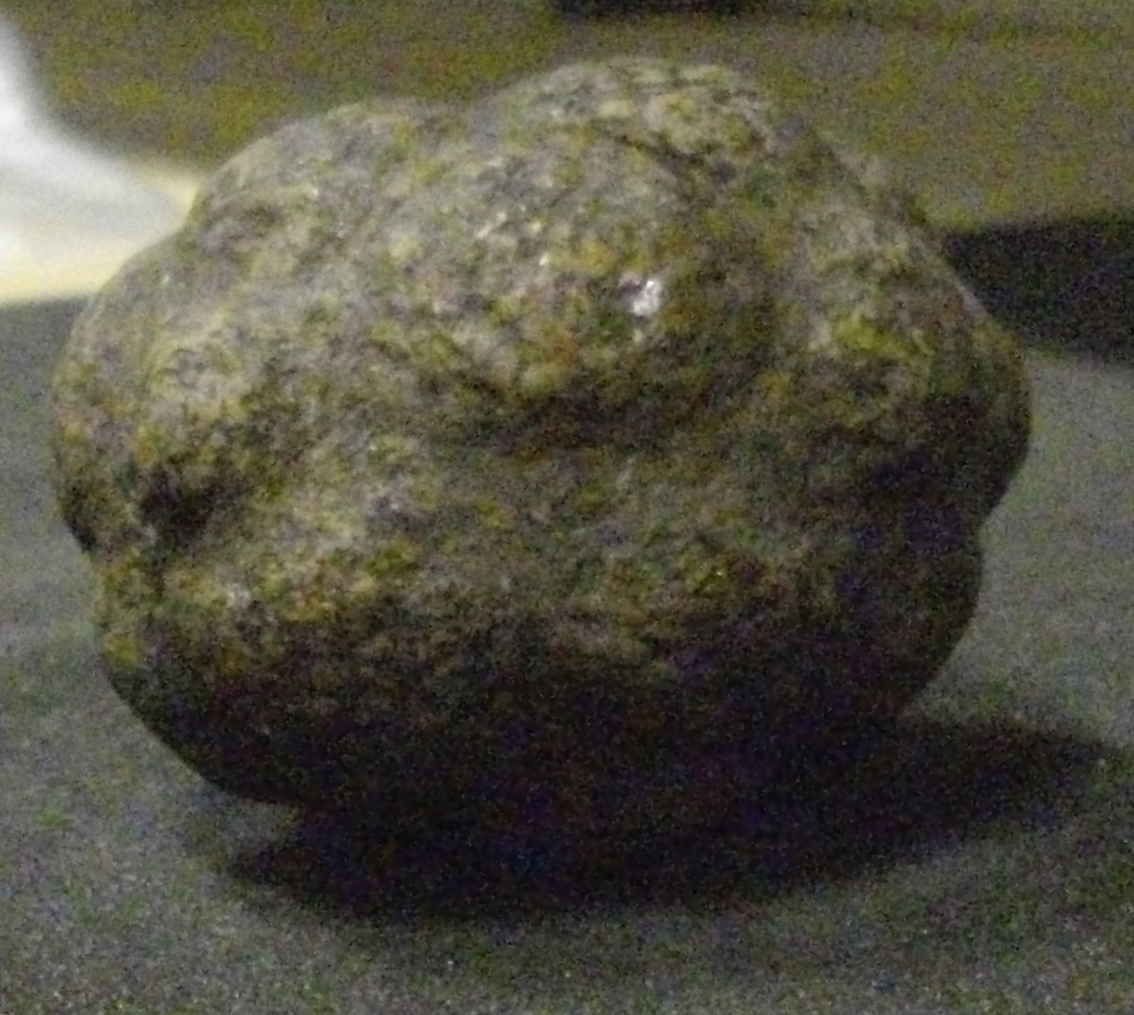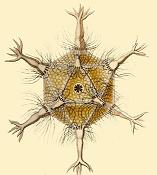Here’s the latest installment in the tale of the missing stone balls.
As you know if you’ve been reading Le Bruyn’s blog, there are just two balls with 20 bumps among the 387 carved stone balls listed in Dorothy Marshall’s paper on the subject:
-
National Museum of Scotland, in Edinburgh: item AS 110, found in Aberdeenshire.
-
Glasgow Art Gallery and Museum: item 92 106.1, found in Countesswells, Aberdeenshire.
Fellow café host Tom Leinster has been on a quest, trying to get a look at these stone balls. In November he went to Edinburgh and visited the National Museum of Scotland. I know this because one day I was at the beach and I saw a bottle floating in sea. I swam over and grabbed it… and there was a note inside! It said:
Hi John,
I went to the National Museum of Scotland in Edinburgh on Sunday with Christina Cobbold, who you may remember from your visit here. Two incredibly helpful, friendly members of staff helped us search for the 20-bumped stone ball. Unfortunately I didn’t have the ID number with me at the time… and we didn’t find any ball with 20 bumps. The closest we got was one with about 15, and then there was one like a squashed chunk of pineapple with dozens of bumps in no special pattern. (If you want photos, I can send them, but they’re not very enlightening.)
But some of the objects were gone, replaced by little cards saying “this object has been removed for photography”. I don’t know what the story is there.
And he gave me the email address of someone who might give me a photo of item AS 110. I have been remiss in contacting them, but I will do it now, because of the following incident.
The other day, while I was eating breakfast in my back yard, a pigeon fluttered down and landed on my table. I tried to shoo it away but it cast me a significant glance and held out its leg.
It was a carrier pigeon! Attached to its leg by a little bronze ring was the following note:
Hi John,
Here’s the latest on the icosahedron quest. But before you can have the latest, you have to have the second-to-latest, because there was a development in November. Well, in fact it was more of a non-development, which is why I never got round to telling you about it.
So: Lieven said in his blog that there were apparently two stone balls with twenty bumps in Scotland, one in the Glasgow collection and one in the Edinburgh collection. The Glasgow one was, as you will remember,
GAGM 92 106.1. : Countesswells, Aberdeenshire.
As it wasn’t on display in the Glasgow museums, I arranged to go and see it at the museum repository, which is in a pretty humdrum outer district of Glasgow (“suburb” sounds too cosy). You sit on the train for 10 or 15 minutes, the houses get less and less appealing, and there’s less and less that looks interesting. The main point of attraction is a station rejoicing in the name of Crossmyloof. Then you get off at Nitshill, which again is pretty dull-looking, and you walk through it for a bit, then very implausibly there’s this big, shiny building complex with a huge banner welcoming you to the Glasgow Museums Repository.
So anyway, I went. The curator, Tracey Hawkins, had got the ball out of the collection just before I arrived. And she greeted me with profuse apologies, because there aren’t twenty bumps on it at all… there are six. It’s a cube. And it’s the right object, because the serial number is actually written on. (I was surprised.) I took photos, but… do you really want to see another photo of a stone ball with the bumps arranged like the faces of a cube?
This was the morning of 27 November, and the same afternoon I was organizing the first meeting of the Scottish Category Theory Seminar, so the experience got rapidly swept out of my mind.
But then I got the mail below… watch this space!
Tom
And in the attached message, Tracey Hawkins wrote: “I may have some good news on your quest to find the 20 sided figure - our archaeology inventory assistant has uncovered what appears to be a carved stone ball with 20 ‘bumps’.”
She said that she’d get back to Tom in a couple of weeks to arrange a viewing — after she’d confirmed that the museum’s information on the object is correct.
So, we’ll see what happens!










Prehistoric Scottish Carved Stone Balls
Here are the carved balls I found in the National Museum of Scotland when I was last there: carved balls.